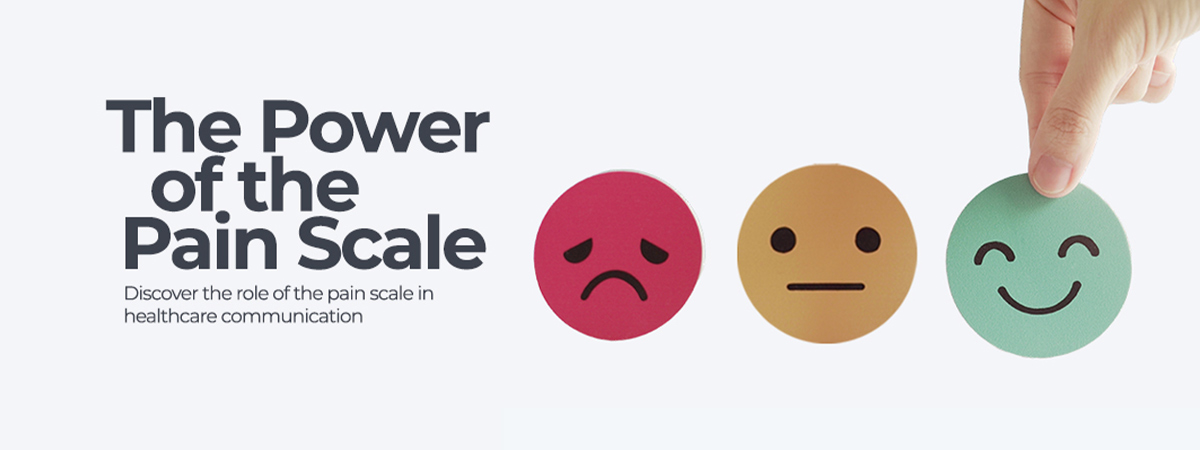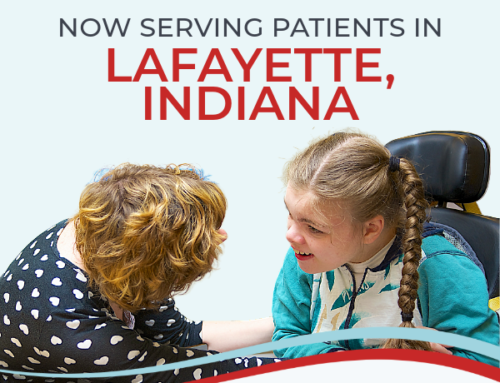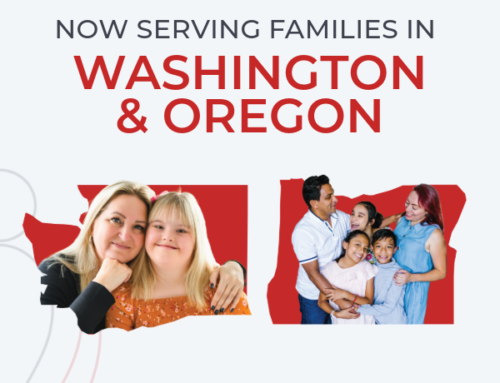
In healthcare, communication is essential. Whether you’re a family member, a parent with a medically fragile child, or an adult seeking medical attention, communicating pain accurately to a care provider can be challenging. That’s where the pain scale comes into play, offering a tool to bridge the gap between patients, caregivers, and healthcare providers. At Team Select Home Care, we understand the importance of this tool in ensuring the best possible care for you and your loved ones.
What Is The Pain Scale?
The pain scale is used to assess and quantify the level of pain a patient is experiencing. By using a standardized practice, such as the Numeric Rating Scale (NRS) or the Wong-Baker FACES Pain Rating Scale, patients can assign a number or select a face that best represents their pain intensity.“
Pain scales can also help doctors make an accurate diagnosis, create a treatment plan, and measure the effectiveness of treatment. Pain scales exist for people of all ages, from newborns to seniors, as well as people with impaired communication skills.” – Healthline
What Are The Core Benefits?
- Improved communication: One of the significant advantages is that it enables accurate communication. Rather than using vague terms like “it hurts a lot” or “it’s not so bad,” patients can provide a specific number or point to a corresponding facial expression on the scale.
- Consistency: Healthcare providers and caregivers rely on this standerized practice for consistent assessment. This consistency is especially crucial when monitoring the progress of chronic conditions or managing pain medications.
- Inclusivity: It is versatile and inclusive, making it suitable for individuals of all ages. Whether you’re a parent assessing a child’s discomfort or an older adult explaining your pain to a home care provider, this scale offers a universal language.
How Does Team Select Use The Pain Scale?
Team Select recognizes the importance of communication in the caregiving process. We integrate this standerized practice into our vital signs and care assessment to ensure our patients receive personalized attention.
If you have any questions about how we incorporate this into our care or need assistance with home healthcare, please don’t hesitate to contact us. Your loved one’s well-being is our top priority; together, we can make a difference in their quality of life.



